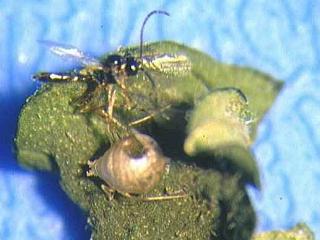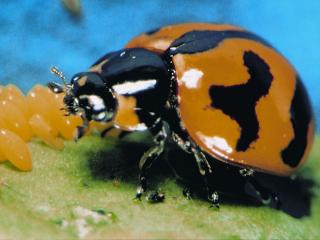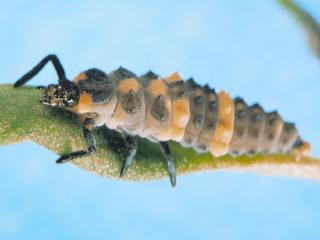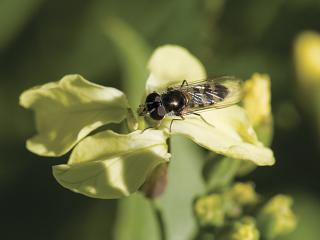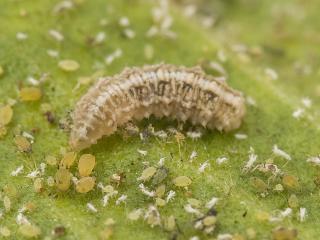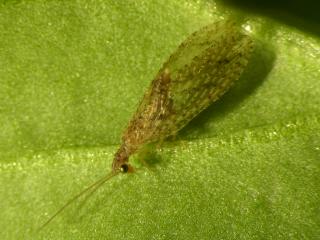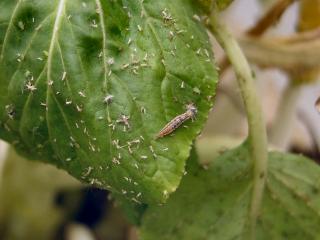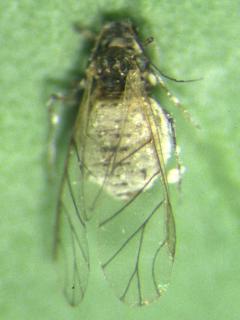Management
Aphids feed on the underside of leaves. They suck sap causing leaves to curl, wilt or distort. Young plants have reduced vigour, are stunted, produce small heads and may be killed. When older plants are infested, they can make them unmarketable by fouling the plant.
Aphids can invade crops from emergence onwards. This is most likely to happen during changes in weather such as from summer to autumn or winter to spring. Adults are less likely to be present or invade crops in hot conditions such as mid-summer or when it is cold such as mid-winter.
Monitor crops weekly - check the underside of 100 lower leaves across the crop including the edges of the crop.
Some aphid infestation can be tolerated because the wide range of natural enemies that feed on aphids can control them. These include parasitic wasps and predators such as ladybirds, hover flies and lacewings. When humidity is high, a fungal disease attacks aphids. Check for these natural control agents during crop monitoring.
In regions where aphid presence is consistent at certain times of the year, seed dressing or seedling drenches before or at planting with systemic insecticides will protect crops during establishment.
During early crop growth, apply insecticide to the foliage if monitoring shows a high proportion of plants are infested with winged and wingless aphids.
As aphids feed on leaves only, levels up to around 25% plants infested may be tolerated. As the crop grows, if natural control agents are not present, aphids may need to be controlled to prevent them from fouling the marketable part of plants. This could be a result of the presence of aphids or both the presence of aphids and sooty mould which grows on the honey dew that aphids secrete.
Acknowledgment
Funding for this work to support Indonesian potato farmers and WA seed potato exports was provided by ACIAR (the Australian Centre for International Agricultural Research) and the Department of Primary Industries and Regional Development, Western Australia.

